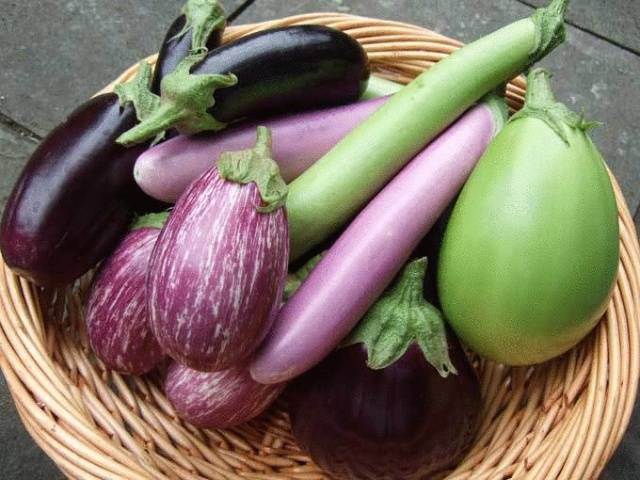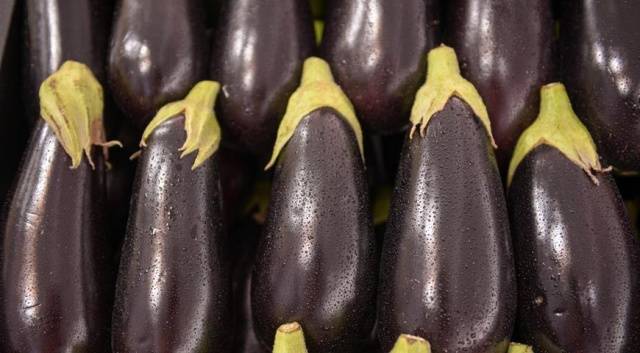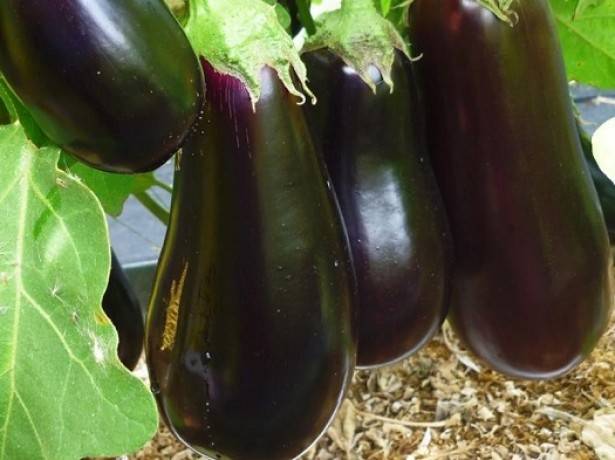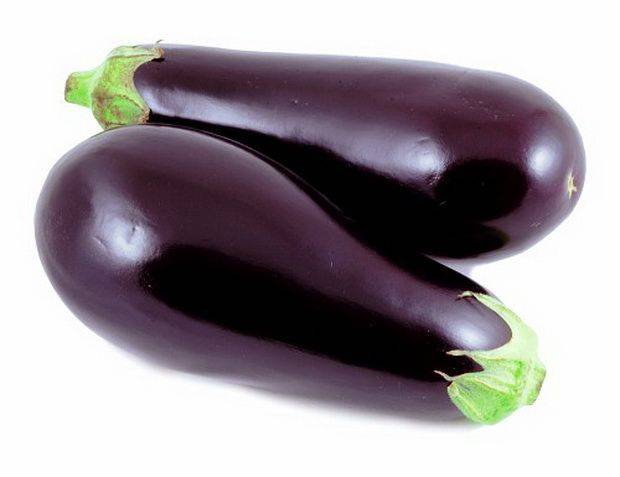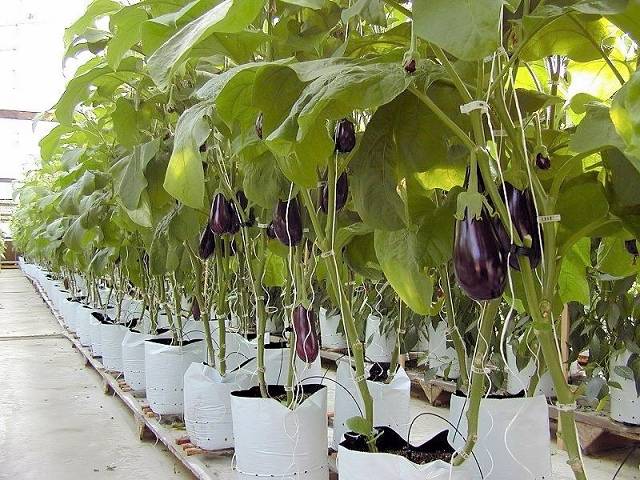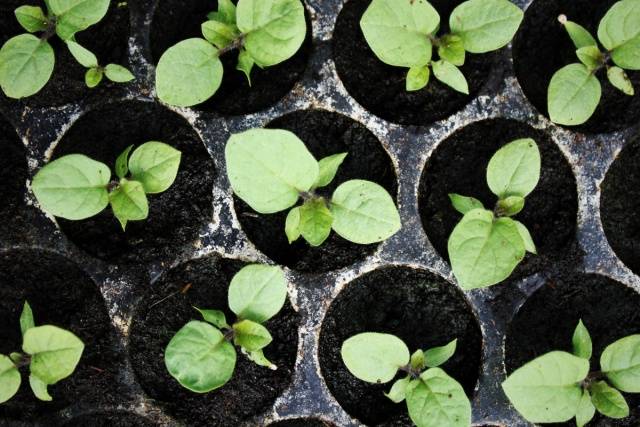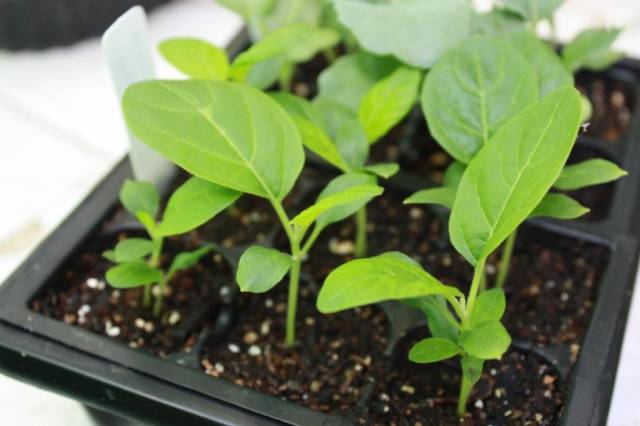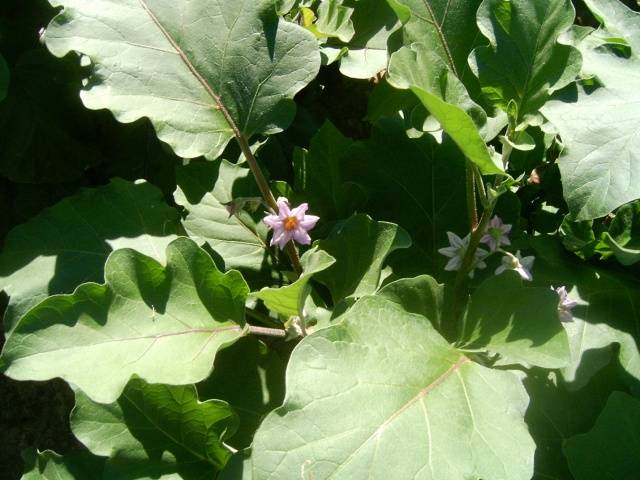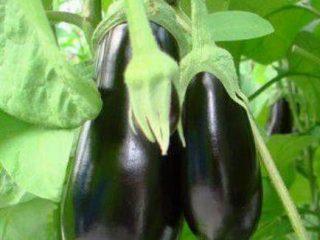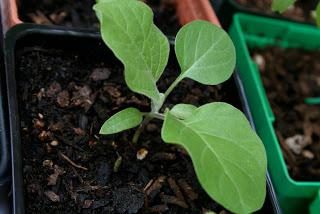Content
Growing eggplant in the open field in our country is a difficult task, since the culture is southern and does not tolerate cold. Our climate in many regions is rather unstable; it can rain in summer and temperatures can drop to record lows. Let's talk about how to grow eggplants in your garden beds.
Description of culture
Eggplant is very popular today. A large number of delicious dishes are made from them:
- canned salads;
- vegetable stew;
- soups;
- salads and others.
Many people prefer not to buy vegetables from the market, but to grow them on their own. However, growing eggplant in greenhouse conditions is one thing, but growing in open field conditions is completely different.
Eggplant is a southern culture. The optimum temperature for growing a crop is + 22-30 degrees. If the temperature outside the window is only +15, the eggplant stops growing... For most of our compatriots, such a warm summer is either inaccessible at all, or is a fairly short period. It is possible to grow a healthy plant from seeds in the open field in two cases:
- if you live in a warm climate in the south, where it is quite warm from May to September;
- if the climate is rather warm, but for a short period, you can choose seeds of early varieties.
It will not be possible to achieve this in the northern regions under any circumstances. Eggplant is also picky about:
- soil fertility;
- abundant watering;
- to air humidity.
Before moving on to growing, you must choose the best varieties of eggplant for open ground.
Variety selection
The growing process begins with the purchase of eggplant seeds. Coming to the store, many experienced gardeners are lost in the variety of varieties and hybrids. Which seeds should you choose? Here is a list of the most acceptable varieties of eggplant for growing in the open field. The list is as follows:
- Joker;
- Diamond;
- Hybrid Agate;
- Hippopotamus;
- Purple miracle;
- Sancho Panza;
- Vakula;
- Dobar;
- White Night;
- Winnie the Pooh.
When choosing seeds, the gardener's attention is riveted not only to the maturity of the eggplant fruits, but also to the amount of harvest. From the table it will be easy to understand which varieties are the most productive.
Eggplant seeds are rather small, slightly flattened. We will also discuss how to land in the article.
Table
Variety / Hybrid | Maturation | Eggplant fruit weight, in grams | Disease resistance | Productivity per square meter |
|---|---|---|---|---|
Joker | early ripe variety, from 85 to 100 days | up to 130 | to the tobacco mosaic virus | 6-7 kilograms |
Agate | early maturing, up to 110 days | 250 | to most viruses | 6.5 kilograms |
Diamond | 110-150 days | 100-160 | to the mosaic and the pillar | 8 kilograms |
hippopotamus | early ripe, 101 days before technical maturity | 320-340 | to most viruses | 17.3 kg |
Sancho Panza | 120-130 days | 600-700 | to spider mites, to tobacco mosaic | 7.5 kilograms on average |
Purple miracle | 95-100 days, early ripening variety | 100-350 | to spider mites and wilting | up to 8 kg |
Vakula | 95-110 days | 450-600 | to tobacco mosaic, spider mite resistance | up to 12 kg |
Dobar | no more than 112 days | 310 | to most viruses | maximum 13 kilograms |
White Night | early ripening variety | 200-300 | disease resistant | up to 7 kg |
Winnie the Pooh | early variety, up to 110 days | not more than 210 | disease resistant | no more than 6 kg |
Characteristic
The most popular variety today is Almaz. These seeds sell well, gardeners love them very much for their resistance to viruses and resistance to temperature extremes.
"Almaz" grows well in open ground north of the Chernozem region. He requires the same care as other varieties of eggplant, it is necessary to talk about this in more detail.
The video below shows a small report on the cultivation of this variety.
When they talk about the early maturity of eggplants, the period from the first shoots to technical maturity is taken as a basis. Looking at the table, residents of the northern regions will easily understand why in their regions it is not possible to plant eggplants in open ground. Even early-ripening varieties ripen for a relatively long time, and as for mid-ripening and late ones, they, in general, are not held in high esteem in Russia.
Yield is also of great importance. Please note that all varieties shown in the table are high yielding varieties. The Hippopotamus variety is a real find. When ripe quickly, it gives an excellent yield, despite the fact that the fruits are medium in size. The photo below shows the fruits of this variety.
Of course, to achieve this result, you need to properly care for the plant. Pay attention to the "Balagur" variety. Even if it is not the most productive, you can get fruits from such a plant pretty quickly: if the weather is warm enough and the days are sunny, then after 85 days you can harvest the first crop.
Each summer resident and gardener chooses something of their own.
Growing
Open ground for eggplants - special conditions. Let's talk about how to get a rich harvest from your garden. For this you have to work hard. As usual, the soil is prepared in advance. Even in the fall, it is customary to dig up the beds, in the spring this process will be repeated again, because this culture loves loose soils.
As far as acidity is concerned, eggplants can tolerate a small amount of it. Gardeners often compare the cultivation of this crop and bell pepper. These processes are really similar. Small comparison:
- peppers are more moisture-loving, eggplants can survive slight dryness;
- eggplants are more thermophilic than peppers.
Adding organic matter to the soil will have a good effect on the thermal regime of the eggplant. However, it is introduced in advance, before planting seedlings in the ground to a depth of about 15 centimeters. Without damaging the eggplant rhizome, organic matter will decompose and additionally affect the growth of the plant.
However, according to most beginners, the biggest challenge is growing seedlings.
Seedling
Since planting seeds directly into the ground is rarely possible in our country, they prefer to grow seedlings in advance. It is planted after it becomes completely warm outside the window.
Strong, healthy seedlings are the key to an excellent harvest. That is why the seeds must be selected carefully, giving preference to proven companies.
Everyone chooses the timing of sowing seeds independently, since this is decided individually for each climate. The readiness for planting seedlings in open ground occurs 50-70 days after sowing the seeds.
Sowing
Fertile loose soil is needed to grow seedlings. You can add a little sand or vermiculite to it. If you take ready-made seedling soil, be sure to get a good one. Can be planted in peat tablets, however, they will cost a little more.
There are a lot of containers for planting seeds on sale. For those who have their own, it's okay, the main thing is that you feel comfortable in this regard.
So, the containers are filled with soil, moistened and the seeds are sown. This is done in two ways:
- if the seeds have not yet sprouted, they are deepened by 1-2 centimeters;
- if the seeds have already sprouted (they were soaked in advance), they must be carefully placed in the ground with them.
Depending on where you purchased the seeds, you can decide whether to decontaminate them before planting or not. If these are products of a decent trusted manufacturer, then you can do without this procedure.
Now you need to moisten the soil again, place it under the film and put it in a warm, sunny place. The temperature at which the seedlings will feel good is + 26-28 degrees.
It is important for seedlings to maintain the difference between day and night temperatures. This is a hardening process so that the seedlings are comfortable in their natural environment. By the time of warming, strong seedlings should appear from the seeds.
Before watering, the water is defended for a day, it should not be cold. For additional lighting, you can use:
- fluorescent lamps;
- special phytolamps.
You will immediately notice that the seedlings do not have enough light: they will stretch upward, begin to weaken before our eyes. If you do not correct the situation, you should not wait for a good eggplant harvest.
Phosphoric fertilizers can be used as mineral fertilizers for eggplant, since this element is extremely necessary for seedlings. Make sure that the soil in which the seeds are located is not waterlogged. The same rule applies to mature plants. Eggplant seedlings outdoors often suffer from excess moisture. In this case, it is necessary to maintain a balance. Excessive dryness is useless.
Eggplants form a rather large plant, spreading and tall. When transplanting seedlings into open ground, this must be taken into account in advance. For each variety, a sowing scheme is described on the seed package. If it is not there, you need to use the following rule: from four to six plants are planted per square meter.
If you plant eggplants too often, they will be cramped, which will affect the yield. We have given the best varieties for planting in open ground above. You can also pay attention to the seeds of other varieties.
Conclusion
Eggplants are good because they bear fruit abundantly and for a long time. If you have the opportunity to grow this wonderful vegetable crop outdoors, be sure to give it a try. A rich harvest is always a joy.
